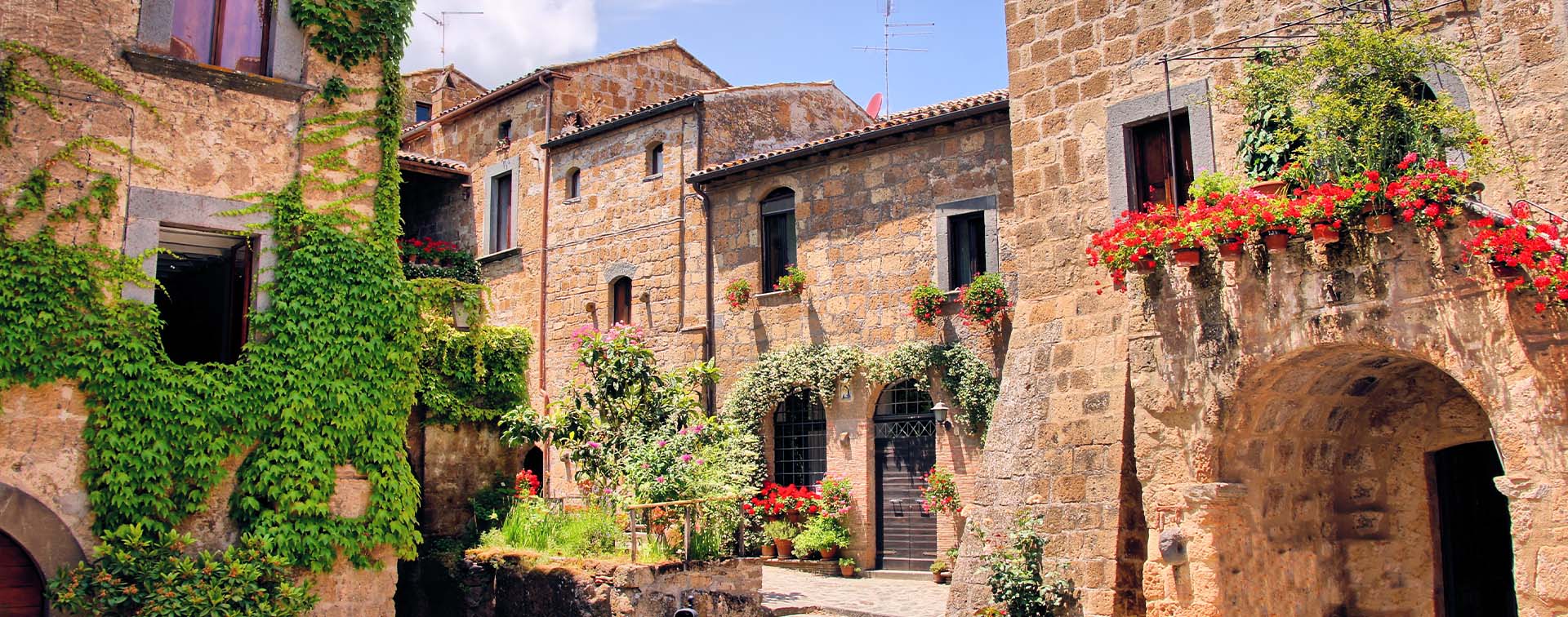
Philip Harvey is the Senior Partner at Property Vision.
Americans are rediscovering Europe’s architectural soul in greater numbers than ever seen before. Rather than just replicating architectural styles at home (which have not always traveled well), increasingly buyers from the USA are searching out architectural gems throughout Europe. Predominantly, they require something unavailable at home — a little piece of history, such as a Georgian rectory straight out of the pages of a Jane Austen novel, a Scottish castle, a Mallorcan finca, or a 14th-century Medici villa in Tuscany.
These acquisitions are not about imposing personal taste on tired old homes to reflect wealth, as is often the case with modern mansions and superyachts. They are about inhabiting a legacy — a home steeped in history, where character seeps out of every wonky wall, rattling window, and creaking floorboard.
There are currently more than 15,000 Americans living in Italy, 45,000 in Spain, and 170,000 in the UK, and reports from tax advisors and real estate agents suggest demand from US citizens is on the rise. Many threatened to leave during the last Trump presidency — this time, more Americans are actively seeking alternatives abroad.

Politics, of course, is only one factor driving this shift. In reality, it reflects a broader global trend: for many affluent Americans, purchasing a European home is no longer a lifestyle indulgence — it's a strategic life decision. Fundamentally, they are looking to distribute their wealth across jurisdictions.
According to diffusion of innovation theory, which explains how new ideas and behaviors are spread, we may now be in the ‘early majority’ phase. For many affluent Americans, setting up home overseas is no longer daunting, it’s a well-established path. The internet provides instant reassurance for those wishing to give it a try, while support systems such as quality healthcare, excellent education options, and welcoming expat communities are firmly in place. Increasing personal wealth simply provides the means to act.
While American interest in European heritage is growing, the transatlantic architectural dialogue is not one-sided. The British have always welcomed their American cousins and have also long shown their appreciation for modern US architecture. In many well-heeled English suburbs, the Colonial Revival style is omnipresent, and one-off contemporary commissions often reflect the work of modernist American architectural icons such as Mies van der Rohe, Frank Lloyd Wright, and Pierre Koenig. This is particularly true of sites where landscape and structure merge.
From a real estate perspective, there are hurdles. People of wealth moving countries — often for lifestyle reasons — tend to seek out special houses in beautiful, prestigious locations. When New York bankers moved to London in the 1980s, they didn’t aspire to live in modest outer boroughs. They set their sights on smart addresses such as Kensington, Notting Hill or Chelsea, with weekend retreats in the ever-stylish Cotswolds. The trouble is, these areas have been desirable for decades, and competition for standout homes is fierce. One of the most sought-after qualities is a feeling of openness and space, yet as planning laws protect rural landscapes from over-development, demand will always outstrip supply.
To put this into context, in 2024, just 91 houses sold at over GBP 5 million across the UK’s prime rural areas. In perennially popular North Oxfordshire, there were only 11 such sales — four to American buyers, and just three pf those were architecturally noteworthy. Estate agents estimate that there are thousands of registered buyers seeking GBP 5 million-plus properties across the UK. For comparison, in the Malibu zip code alone, there were 265 sales last year, with an average price of USD 4.9 million, and a further 108 transactions between USD 5 million and USD 10 million recorded in Southern California as a whole.
One of the biggest surprises for Americans beginning their property searches in Europe is the limited availability of suitable homes. Add in specific architectural requirements and a general reluctance to embark on significant works of refurbishment, and the list of viable options diminishes further.
Unfortunately, the traditional broker model doesn’t help matters — agents can only sell what’s already on their books, which offers overseas purchasers little insight into what might be possible. Early education about what types of property actually exist in a particular region is the key to timely success. Surfing property portals from the comfort of a Manhattan loft may get the juices flowing, but it can also create unrealistic expectations and lead to disappointment when embarking on initial tours.
‘Compromise’ can sound like such a disappointing word, but for most buyers, flexibility — whether on architectural purity, location, or the willingness to take on a project — will often bring success in finding the right new home in Europe. For those who hold out to achieve the historic, architectural property dream, the added reward is that like other emotionally driven assets such as fine art, wine, cars, or jewellery, best-in-class heritage homes tend to hold their value — providing the securest financial investment in addition to aesthetic satisfaction.